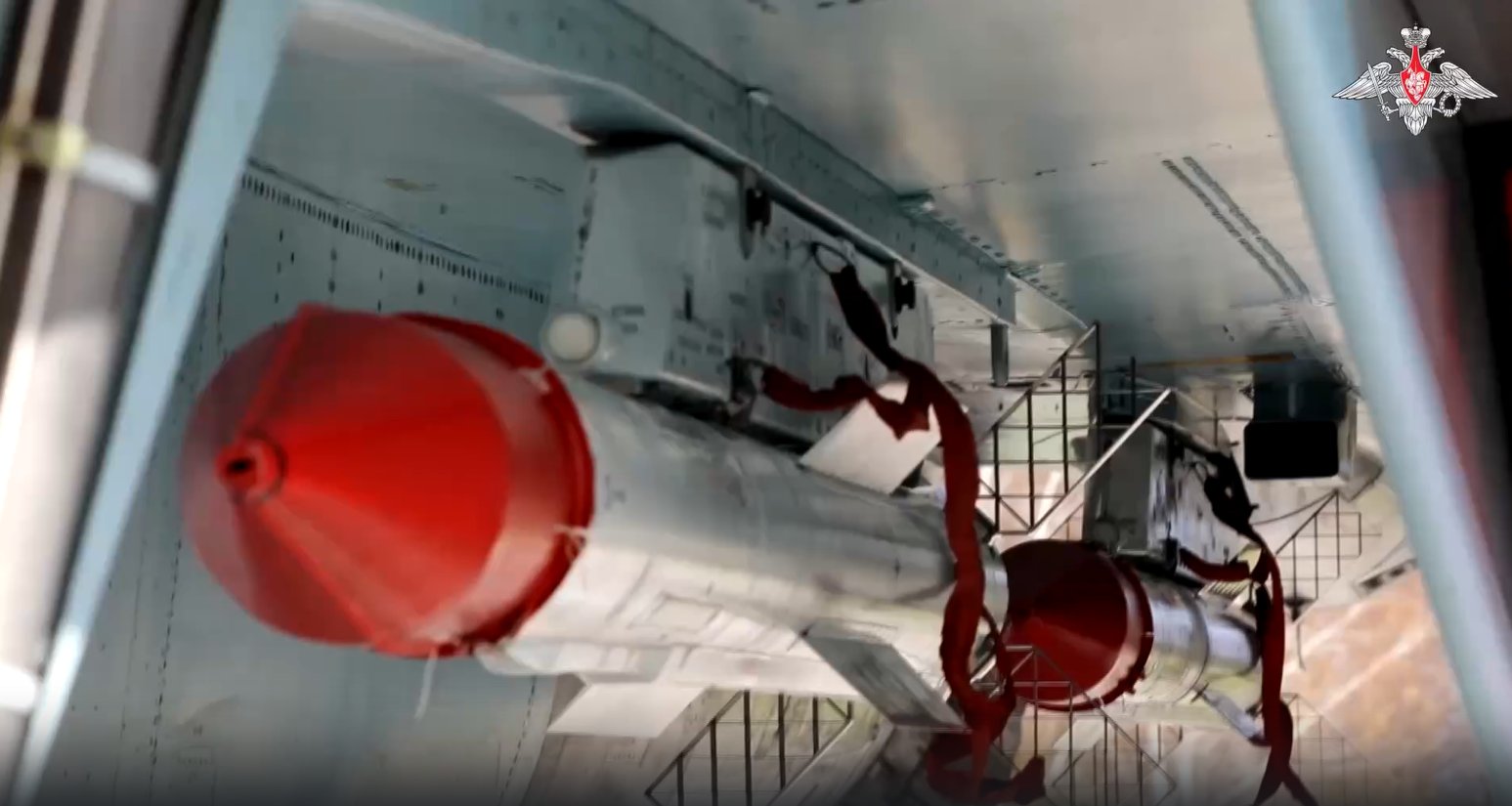Recently, a Russian Su-35S multirole fighter jet successfully engaged and shot down Ukrainian Su-25 and MiG-29 aircraft during a combat sortie, according to the Russian Defense Ministry.
The pilot of the Su-35S fighter jet, Klim, said that a pair of Su-25s and one MiG-29 were spotted at a distance of around 200 kilometers. Apparently, the Su-25s were preparing to carry out the ground attack, and MiG-29s must have been escorting them.
According to the pilot, after the missile was launched, the tags from the radars disappeared. Further, intelligence confirmed: two aircraft were shot down, and the cover fighter left the escort zone.
Russian Sukhois Have Been Very Effective
However, Russian fighters have remained very effective and lethal against Ukrainian aircraft throughout the war, particularly the Su-35S armed with the R-77-1 air-to-air missile (AAM), according to a recent study on the Russian Air War in Ukraine, conducted by London-based Royal United Services Institute.

Produced by a leading Russian missile manufacturer Vympel, the R-77-1 is an active-radar homing beyond visual range (BVR) AAM that can engage airborne targets like fighters, attack aircraft, bombers, helicopters, cruise missiles, etc., at a range of around 110 kilometers.
Ukrainian fighter pilots cited by the experts at RUSI admit that Russia’s Su-30SM and Su-35S completely outclass Ukrainian Air Force fighters.
The difference in technology between the aircraft of the two air forces mainly comprises the R-77-1 AAM coupled with the excellent look-down, shoot-down performance of the N011M Bars and N035 Irbis-E radars onboard the Russian fighters.
Since the onset of the Russian special military operation in Ukraine, Russian fighters have achieved a radar lock and fired R-77-1 missiles at Ukrainian fighters from more than 100 kilometers away.
The active radar seeker of the R-77-1 missile, coupled with the modern N011M and N035 radars, enables the Russian fighters to launch missiles in track-while-scan (TWS) mode.
The TWS capability allows the radar to allocate part of its power to track a target or multiple targets. At the same time, part of its power is also used for scanning, which means that the missile can be guided from the launch aircraft to fly close to the target, after which its radar can go active in the terminal phase of the flight.
In the case of Ukrainian fighter pilots, this leaves them unaware that they have been launched upon, as the radar-warning receivers (RWRs) cannot detect the radio emissions from the incoming missile until its radar goes active. By then, there is no time left for the target to respond.
On the other hand, the R-27R/ER missiles used by the Ukrainian Air Force require a single target track (STT) lock to be maintained by the launching aircraft’s radar throughout the missile engagement.
This means that when a Ukrainian fighter launches a radar-guided missile, the launch is picked up by RWRs onboard Russian fighters. Also, if the Ukrainian fighter loses a radar lock on the target, even for a brief moment during a missile flight due to either side maneuvering, deploying countermeasures, or electronic warfare, then the missile will miss.
Also, the range of the R-27 maxes out at around 80-95 kilometers, whereas the R-77-1, as stated earlier, can reach over 100 kilometers.
Moreover, in recent weeks, Russian Su-35s have also been using the long-range R-37M AAM, which can hit high-speed air targets more than 300 kilometers away.
The long-range missile enables the Russian fighter jets to shoot down Ukrainian warplanes flying in heavily defended airspace under NATO AWACS surveillance and shielded by S-300 missiles.
Furthermore, the Ukrainian Air Force is outnumbered by the Russian Air Force, as previously reported by the EurAsian Times. The Russian military has deployed around 10-12 fighter jets against one Ukrainian fighter.
Nevertheless, more than eight months into the war, Ukraine has still managed to keep its air space contested, and this is due to the ability of the Ukrainian pilots to adapt to the challenges.
Ukrainian Pilots Adopt Dangerous Tactic
Ukrainian fighter pilots began flying low at treetop level to exploit ground clutter and terrain masking to sneak up on Russian Sukhois and fire their missiles.
However, flying low decreased the effective range of the Ukrainian air-to-air missiles, whereas the high altitude and higher speeds of the Russian fighters offered their missiles much more energy at launch.
More importantly, it is a very dangerous tactic, and several Ukrainian fighters have been shot down or damaged.
Overall, Ukraine’s losses are much steeper than Russia’s. Ukraine’s pre-war inventory of air defense assets comprised around 30 Su-27s and roughly 50 MiG-29s which can also be used for air-to-ground purposes.
As of present, Ukraine has lost up to 15 MiG-29s and five Su-27s, according to the latest figures compiled by the military tracking blog Oryx based on visual confirmations. Of these, one MiG-29 and one Su-27 were destroyed on the ground.
Meanwhile, as documented by Oryx, Russia’s losses comprise only one Su-35S and eleven Su-30SMs, of which five Su-30s have been destroyed on the ground.
- Contact the author at tanmaykadam700(at)gmail.com
- Follow EurAsian Times on Google News